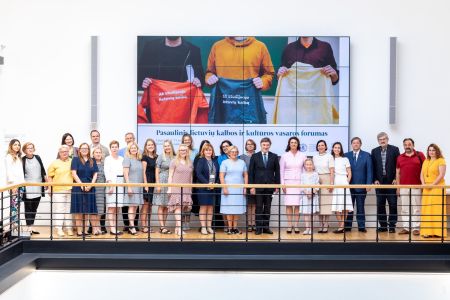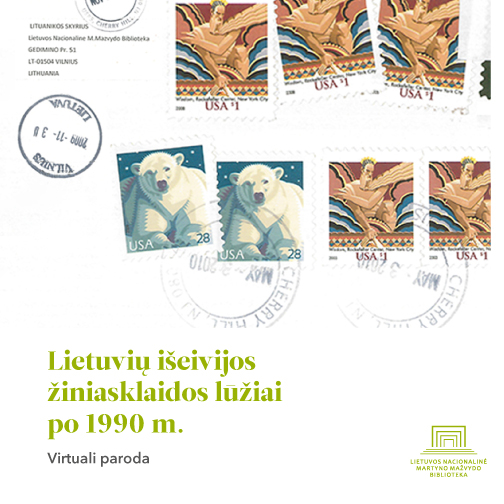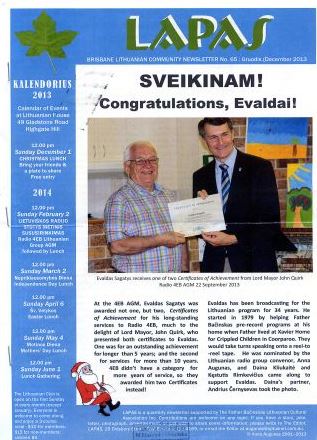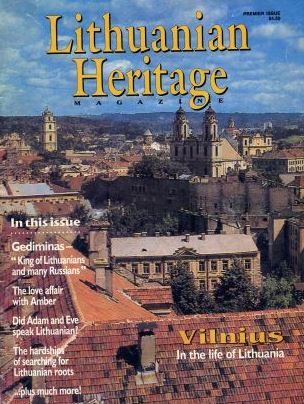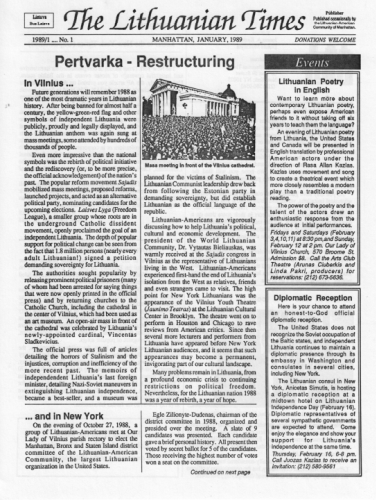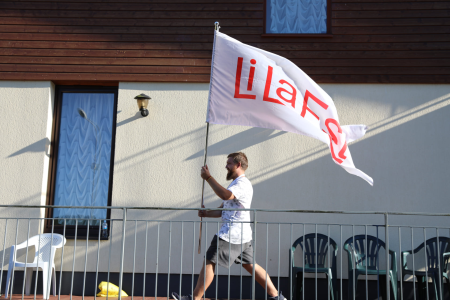
On August 17, a three-day conference of all three Baltic national libraries, “LiLaEst 2020,” took place in Lithuania. The theme of this year’s event was “Possibilities for Reusing Digitized Content.” Specialists from Lithuania, Latvia and Estonia had the opportunity to discuss the situation of each national library in the field, share good practices and visions for the future.
The main idea of the meeting, which takes place every two year in one of the countries, is that culture should not be locked up in repositories or archives and must be shared. Therefore, cultural institutions, libraries among them, also care about presenting cultural objects to the public. Advanced digital tools and the Internet have opened up vast opportunities for sharing cultural heritage. Reusing works have become especially popular now, when one can create new meanings by transferring a work to another context or adding unexpected elements to it. Representatives of the national libraries of Lithuania, Latvia and Estonia and experts gave presentations and shared their experiences, plans and problems of opening and reusing data stored at the libraries.
Continue reading “LiLaEst-2020”